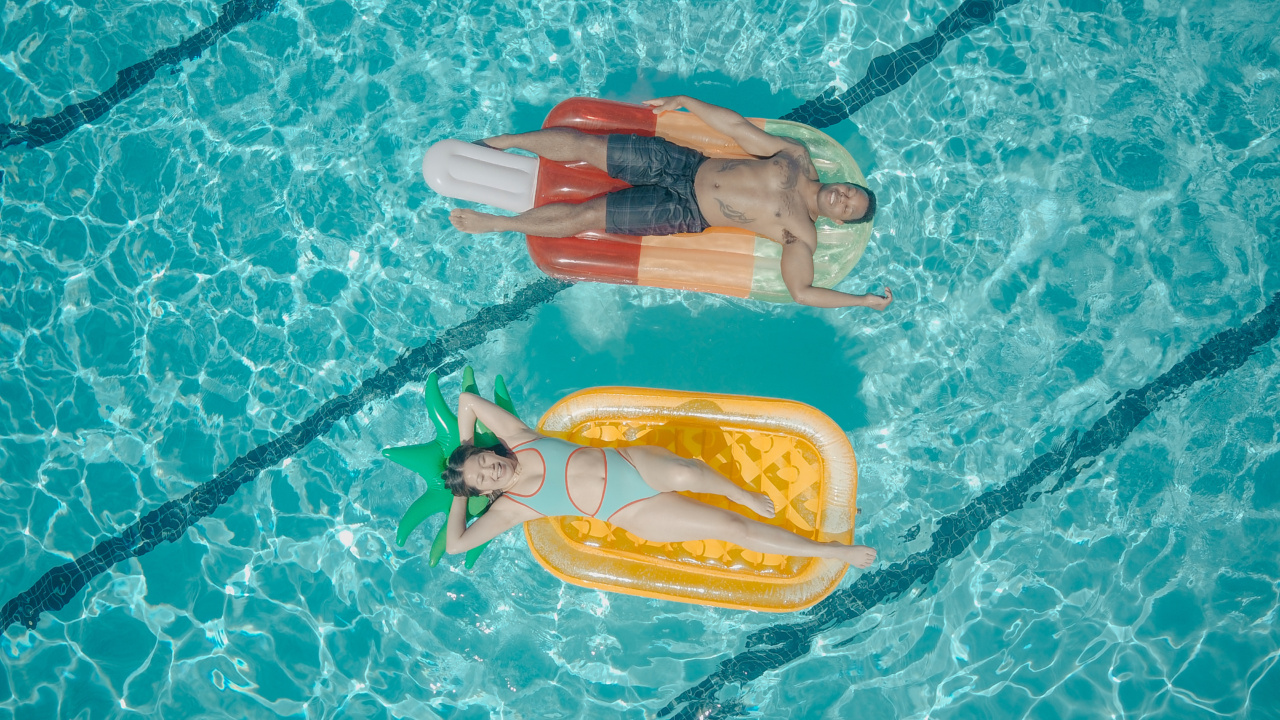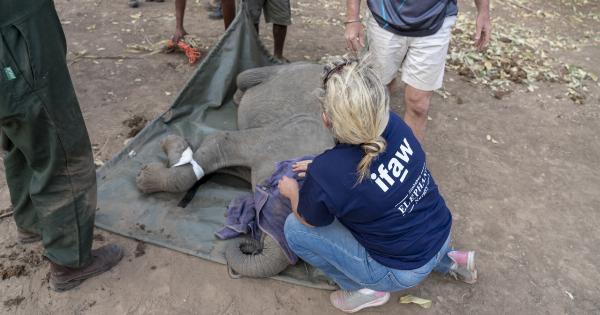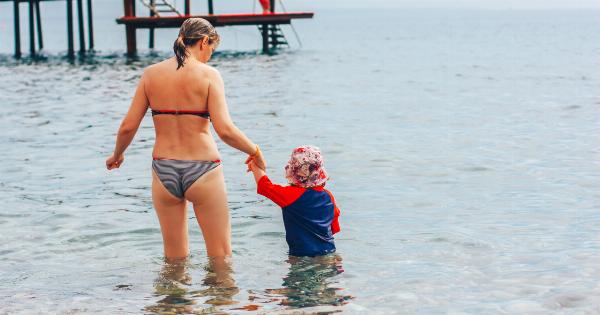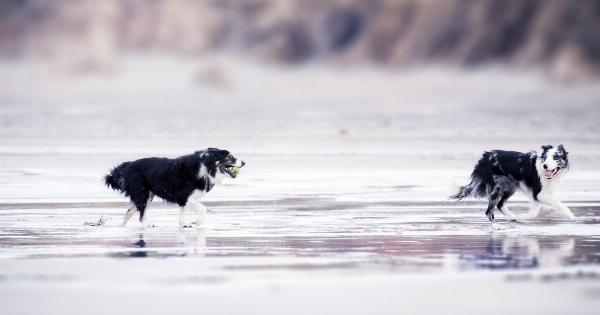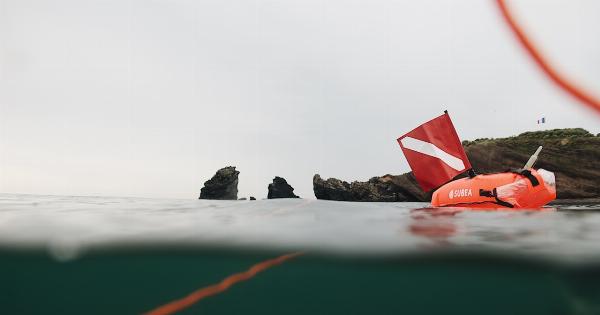There’s nothing quite like taking a refreshing swim with your best friend. Whether it’s in the pool, at the beach, or in a lake, swimming can be a fun and enjoyable activity for both you and your furry companion.
However, it’s important to remember that not all dogs are natural swimmers and that there are certain precautions you should take to ensure their safety in the water. In this article, we will share our top tips for swimming safely with your best friend.
1. Assess your dog’s swimming ability
Before you take your dog for a swim, it’s important to assess their swimming ability. While some dogs are natural swimmers, others may struggle in the water.
Breeds with short legs or short muzzles, such as Bulldogs and Pugs, may find it more difficult to stay afloat. Additionally, older dogs or dogs with certain health conditions may not be strong swimmers. It’s important to know your dog’s limitations and provide them with appropriate support or swimming aids if needed.
2. Start with shallow water
When introducing your dog to swimming, it’s best to start in shallow water. This could be a shallow end of a pool or a calm area of a lake or beach.
Gradually introduce your dog to the water, allowing them to get comfortable with the sensation of being in the water. Use positive reinforcement, such as treats and praise, to build their confidence. It’s important to be patient and not rush the process, as some dogs may take longer to feel comfortable in the water.
3. Use a life jacket
Regardless of your dog’s swimming ability, it’s always a good idea to use a life jacket. A life jacket will provide additional buoyancy, ensuring that your dog stays afloat even if they become tired or disoriented.
Look for a life jacket specifically designed for dogs, with adjustable straps for a secure fit. Make sure to choose a bright color that is easily visible in the water, as this will make it easier for you to spot your dog and for others to see them as well.
4. Don’t force your dog
If your dog is hesitant or unwilling to enter the water, it’s important not to force them. Forcing your dog into the water can create a negative association and make them fearful of swimming in the future.
Instead, use positive reinforcement techniques to encourage them to take small steps towards the water. This could include treats, praise, or playing with their favorite toy near the water’s edge. Remember, patience and understanding are key when introducing your dog to swimming.
5. Provide constant supervision
When swimming with your dog, it’s essential to provide constant supervision. Even if your dog is a strong swimmer, accidents can happen, and it’s important to be there to react quickly.
Stay within arm’s reach of your dog at all times, especially in open water where currents and waves can be unpredictable. Keep an eye out for signs of fatigue or distress, such as excessive panting or struggling to stay afloat. If your dog shows any signs of distress, it’s important to get them to safety immediately.
6. Rinse your dog after swimming
After swimming, it’s important to rinse your dog with fresh water to remove any chlorine, salt, or other chemicals from their fur and skin. These substances can cause skin irritation or dryness if left on the dog’s coat.
Use a gentle dog shampoo if necessary, and thoroughly rinse your dog to ensure all traces of chemicals are removed. Additionally, be sure to dry your dog’s ears thoroughly as moisture in the ears can lead to ear infections.
7. Be mindful of heat and sun exposure
Swimming is a great way for dogs to cool down, but it’s important to be mindful of heat and sun exposure. Dogs can easily overheat, especially in hot weather or if they are exerting themselves in the water.
Take regular breaks in shaded areas, provide plenty of fresh water for your dog to drink, and be aware of signs of heatstroke such as excessive panting, drooling, or lethargy. Apply sunscreen specifically formulated for dogs to areas with thin or exposed skin, such as the nose and ears.
8. Practice water exit strategies
In the event that your dog falls into a pool or body of water without stairs or a shallow exit point, it’s important that they know how to get out safely.
Practice water exit strategies with your dog, teaching them to locate the closest exit point and climb out using the stairs or a designated ramp. This can be done by guiding them to the exit point and encouraging them to climb out using treats or praise. By practicing these exit strategies, you can ensure that your dog knows how to get out of the water if they accidentally fall in.
9. Protect against waterborne diseases
Swimming in natural bodies of water, such as lakes or rivers, may expose your dog to waterborne diseases.
Before allowing your dog to swim in these areas, make sure they are up to date on their vaccinations and have received appropriate flea and tick prevention. After swimming, rinse your dog with fresh water and thoroughly dry them to remove any potential contaminants from their fur.
It’s also a good idea to consult with your veterinarian about additional precautions you can take to protect your dog against waterborne diseases.
10. Have a plan for emergencies
Even with all the necessary precautions, accidents can still happen. It’s important to have a plan in place for emergencies.
This could include knowing the location of the nearest veterinarian or animal hospital, having a canine first aid kit on hand, and knowing how to perform basic life-saving techniques such as CPR if needed. Being prepared for emergencies can make all the difference in ensuring the safety and well-being of your dog.
